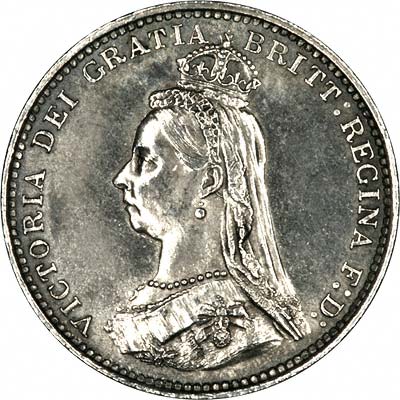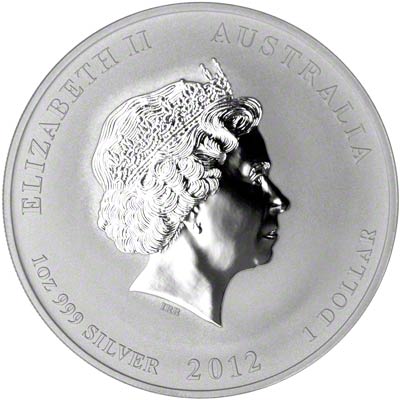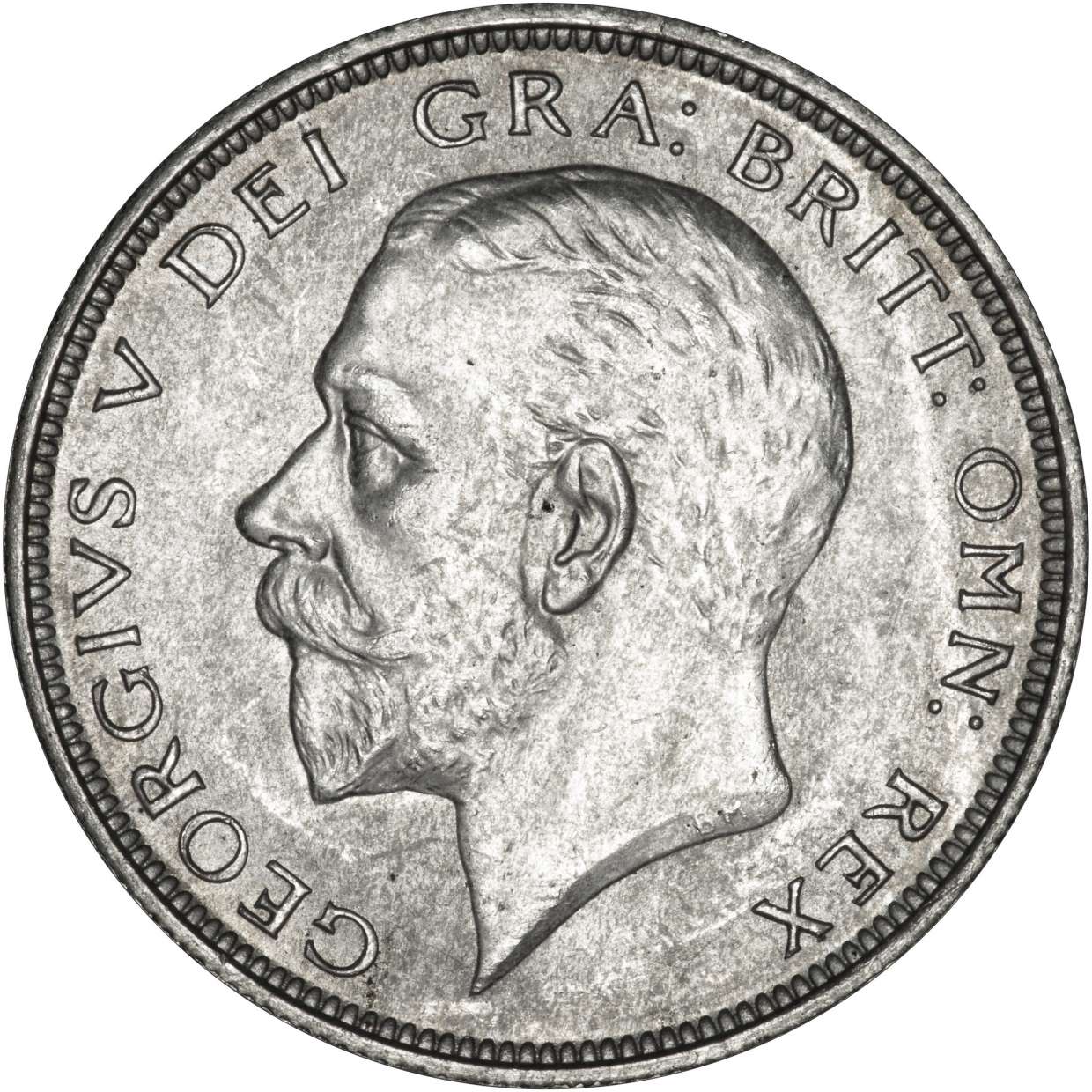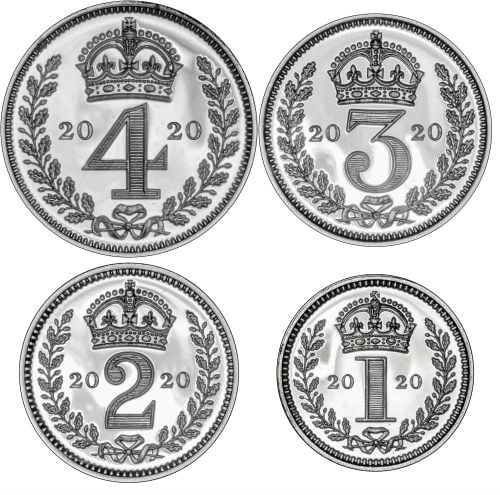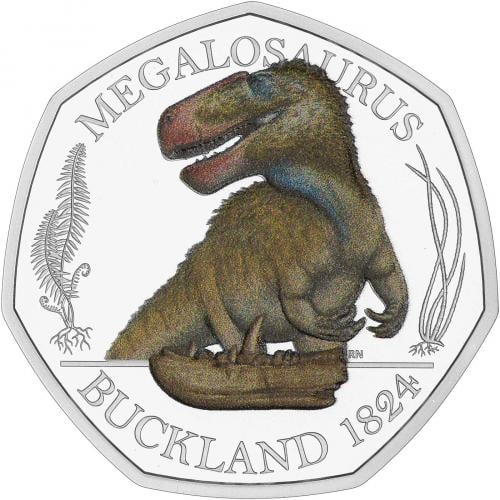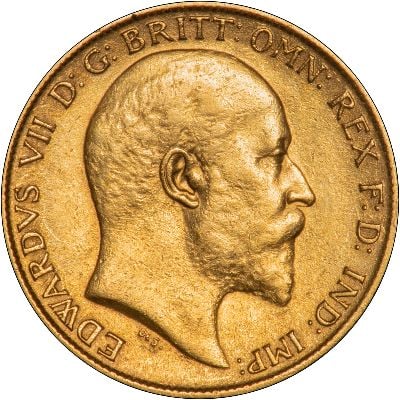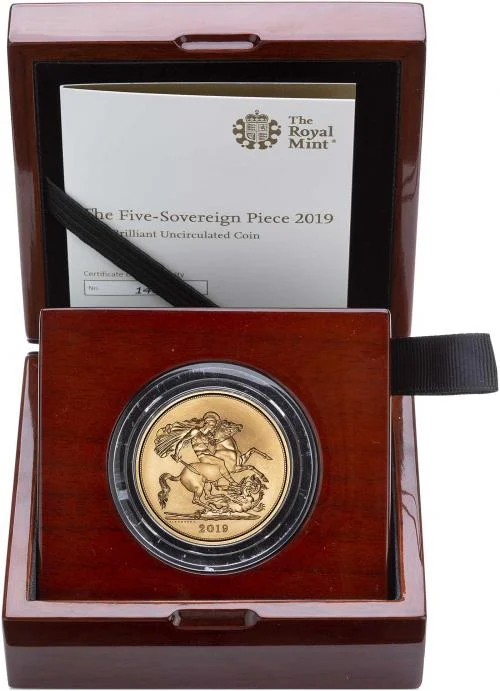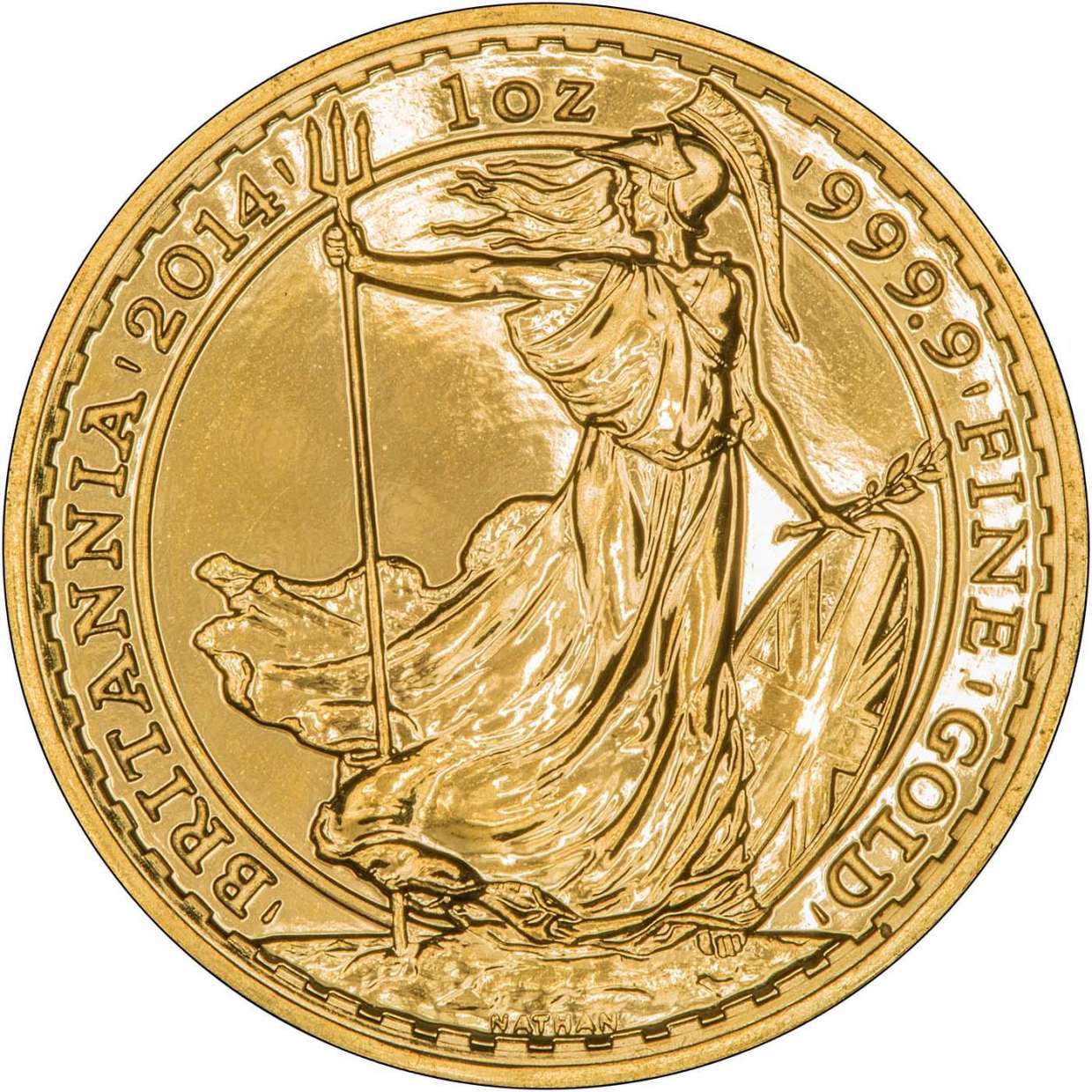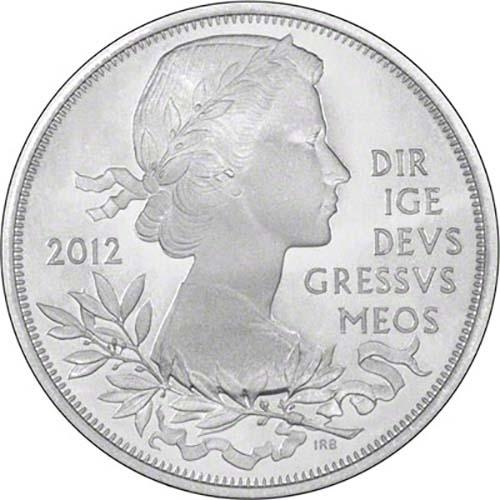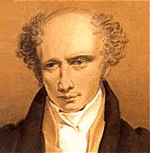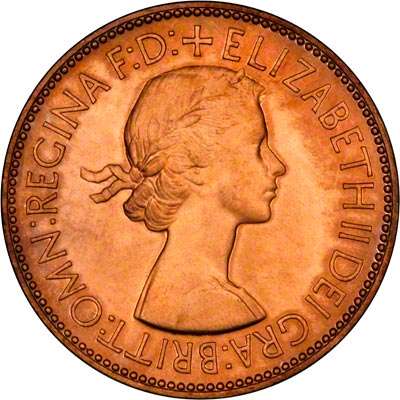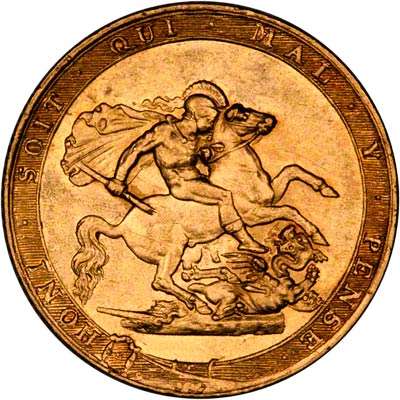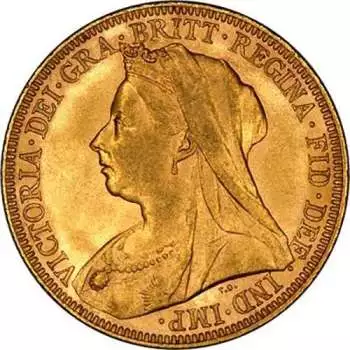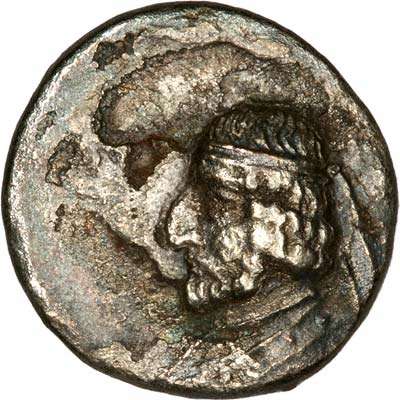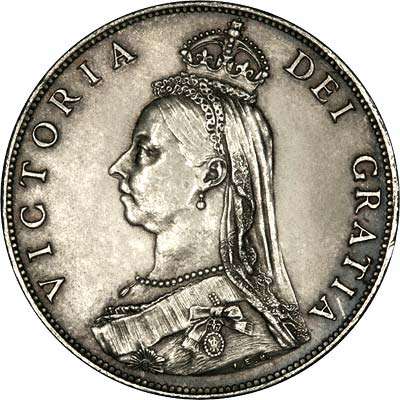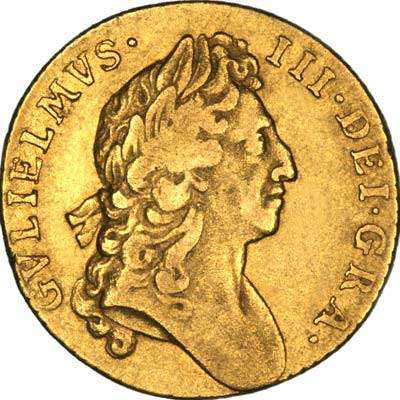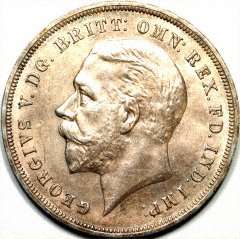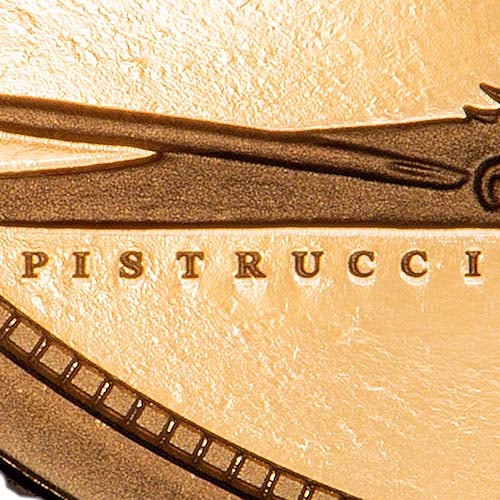1797 George III Cartwheel Twopence
The 1797 Cartwheel Twopence were minted in 1797 and later re-struck in 1798 still using the same 1797 date.
They were struck by a token manufacturer, Matthew Boulton at his Soho Works in Birmingham in response to the shortage of small change during George III's reign.
These twopences are known for their thick edges and their broad, high rims. They were the first official coins produced using modern industrial methods.
These particular coins show 10 leaves in the wreath on the obverse. We have seen these in a range of grades, from fair to EF.
The pictures shown may not be the actual coin you receive.
Photographs shown may not be the actual coin and may differ in terms of grade, die numbers, design flaws and other minor details.
More Info
Price List
Sold Prices
Terms & Delivery
Related Blogs
Other types of Cartwheel Twopences that were issues include proof versions in gilt copper, copper, bronze, silver and gold. The last two being extremely rare.
The Royal Mint was unable or unwilling to mint base coins after 1775, due to either incompetence, decrepit machinery, official indifference or a combination of all three. Forgery became a serious problem, and it was believed at one point that there were more counterfeit half-pennies in circulation than genuine ones! Exasperated merchants eventually resorted to taking matters into their own hands by striking or commissioning their own tokens to circulate in place of the discredited and meagre supply of regal issues.
Amongst these token manufacturers was a Birmingham industrial magnate named Matthew Boulton. Boulton had for years lobbied against the scourge of coin shortages and counterfeiting, and had in his role as a magistrate taken a particular interest in going after counterfeiters in his native city. It was a particular source of shame for Matthew Boulton that Birmingham was the centre of the illegal counterfeiting industry, and he considered his efforts to diminish counterfeiting as a matter of honour as well as a business opportunity. With several years of experience minting tokens under his belt, and with revolutionary coin manufacturing technology which he and his business partner, the legendary James Watt, had developed and perfected throughout the 1780s and 90s, Boulton campaigned to have the government award him a contract to strike legal-tender copper regal issues. Eventually, Boulton's efforts were rewarded and he was awarded a contract to provide official coinage in the form of pennies and two pence pieces, weighing 1 and 2 ounces respectively, with a face value that closely matched their intrinsic worth in pure copper. Boulton and Watt's revolutionary machinery could produce these high-quality coins much more efficiently, profitably and to a higher standard of workmanship than that which the Royal Mint's decrepit equipment was capable of. The quality of the striking and the closely matched intrinsic worth made them extremely difficult for counterfeiters to forge. However, the widespread hoarding of these beautiful coins, in addition to a price rise in copper which made their intrinsic worth higher than their face value, limited their success as a circulating medium. Nevertheless, these coins are one of the most important issues in world numismatic history, as they were the first official coins produced using modern industrial methods, pioneered by a man regarded by many numismatists as the father of modern coinage, Matthew Boulton F.R.S .
Obverse
The obverse shows the legend (incuse) "GEORGIUS III D:G REX". This is the first copper coin in circulation to show D:G. The legend surrounds a laureate portrait of George III facing right with a draped bust and ten leaves in his wreath. There is the initial K on the draped bust of George III.
The obverse was designed by Conrad Heinrich Kuchler.
Other obverses include 11 leaves in the wreath which catalogue slightly higher.
Reverse
The reverse bears the iconic seated Britannia. This portrait of Britannia is now shown holding a trident rather than a spear as shown on previous coins. Britannia is seated on a rock with waves surrounding her, holding an olive branch. There is a shield showing the Union Flag. In the background shows a boat sailing.
SOHO can be seen in the waves below the shield to represent the Soho Mint.
The legend reads BRITANNIA - 1797".
The reverse was designed by Conrad Heinrich Kuchler.
Specification
| Metal | Base Metal |
| Date | 1797 |
| Issuing Monarch | George III (1760-1820) |
| Country | United Kingdom |
| Obverse Grade | Reverse Grade | Price | Availability | |
|---|---|---|---|---|
| gFair | gFair | £45.00 | Out Of Stock |
| Date | Obverse | Reverse | Price |
|---|---|---|---|
| 09 February 2019 | gFair | gFair | £45.00 |
Delivery Information
We aim to dispatch orders within 48 hours of receiving cleared funds. Our standard delivery methods are as follows.
Orders over £60 - Fully Insured Delivery.
- Within the UK and BFPO - Next day fully insured and tracked. Delivery starts from £6.
Orders under £60
- Within the UK and BFPO - Royal Mail 2nd Class. Your order will normally arrive within 2-3 working days. Delivery starts from £3.50.
If you wish to have your order sent by an alternative method (e.g., Saturday Guaranteed) please contact +441253343081 for more information. Please note, we will not dispatch high value orders over a bank holiday weekend.
For international delivery, please check with your local customs office for more information on custom duty and taxes.
Full delivery information can be found by clicking here.
Postal Insurance
We offer fully insured delivery on all special delivery options. We do need to pass on the cost of this insurance as it soon adds up shipping high value gold and silver products.
- Orders under £1500 there is no additional fee.
- Orders over £1500 we charge a fee in order to cover the increasing costs of insurance. For every £1500 we apply a £1 fee.
If you require any assistance, please do not hesitate to call the showroom on +441253343081 and one of our team can discuss your purchase.
Terms of Sale - Key Points
You can find more information on payment and identification requirements.
Bullion coins are provided as is and on occasion may have some minor scratches or edge knocks. These are not regarded as faulty or damaged goods as their precious metal content and value as a bullion coin is not affected. Any coin sold for a value less than a 180% intrinsic is considered a bullion coin.
Gold investment products are VAT free. Silver investment products are inclusive of VAT at the current rate unless otherwise stated.
All investment products are based on the live precious metal price. Prices will be fixed once the item has been added to the basket and recalculates just before checking out.
If your product is not a graded coin and is considered a bullion item, it should be noted that these are bought and sold on low premiums over their precious metal content and not solely for aesthetic purposes; therefore, some products may have edge knocks and/or marks. These edge knocks and marks do not alter the specifications of the coins.
Please note that all investment products are exempt from the Consumer Contracts (Information, Cancellation and Additional Charges) Regulations 2013 and therefore customers do not have the right to cancel their order once the order has been accepted. If customers no longer wish to go ahead with their investment purchase, there is an option to sell the products back to Chard (1964) Ltd instead. View our current buy back prices.
View our full Terms & Conditions.
You may be interetsed in the following blogs;
































